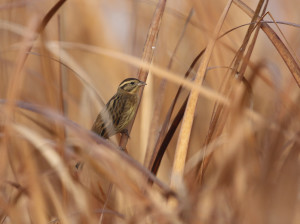
Although I have lived in “Bangkok” for many years I hardly ever do any birding within the province of Bangkok itself. The main reason for this is that I have always lived close to, or just into the next province of Samut Prakan. Today I found myself with some time and decided to visit a wetland site within the bounds of Bangkok that lots of other people have been birding at recently: Lat Krabang rice Paddies. This is an area of rice fields, fish ponds and overgrown areas, surrounded by the ever-expanding city and living on borrowed time. For now though there are a lot of good birds to be seen there and I ended up having an unexpectedly good morning seeing over 100 species and picking up a couple of rare birds in the form of Yellow-breasted Bunting and Eastern Water Rail.I arrived shortly after sunrise and ate my breakfast standing in the rice fields with a few Red-throated Pipits flying around, calling, an groups of Asian Openbills arriving to feed in the growing rice. My breakfast was cut short by the call of a Siberian Rubythroat and two Baikal Bush Warblers. After a little bit of looking into the twiggy undergrowth I first saw the bush warblers and then the Rubythroat. I don’t see Baikal Bush Warbler very often as it is really skulking but on this ocassion the was a lot of burnt, low vegetation that allowed me to see into the undergrowth so I saw at least 5 of these birds and heard many more. I came dangerously close to getting a good photo of one too.
I did quite well for birds that often hide in the vegetation. I got excellent views of a Lanceolated Warbler (but was too slow with the camera), Pallas’s Grasshopper Warbler, several Dusky Warblers, 2 Siberian Rubythroats, 3 Bluethroats, 2 Thick-billed Warblers, 2 Oriental Reed Warblers and plenty of Black-browed Reed Warblers.
Seeding weeds contained large numbers of Baya and Asian Golden Weavers but also smaller numbers of Streaked Weaver. Flocks of these birds were everywhere but as I was counting their numbers I spotted a male Yellow-breasted Bunting. This critically endangered species gets seen here from time to time and over the course of the morning I saw good numbers of them scattered around the site. I saw at least 20 birds but I heard lots more in the vegetation and I managed a few good photos, although it was hard as they were always among the reeds and grasses.
Without really trying the numbers of species kept increasing, Plaintive Cuckoo, Stork-billed Kingfisher, Common Iora, Blue-tailed Bee-eater, Whiskered Tern, Pink-necked Green Pigeon, Lesser Coucal and a couple of flyover Spot-billed Pelicans.
I found a ditch that looked like it had potential for me to see a crake or two. It was not a surprise to see a couple of Ruddy-breasted Crakes here as they are fairly common, but the next bird to arrive was a big shock: Eastern Water (Brown-cheeked) Rail. This species is rare in Thailand and only usually seen in the far north, so for it to be in Bangkok was a pleasant surprise. What was even more surprising was the fact that it kept coming back to the same place and allowed me to watch it for over 30 minutes. I was able to take lots of photos.
Just standing quietly and not making any sudden movements meant that birds were not bothered by my presence and several Yellow-breasted Buntings, Red Avadavats and a Siberian Rubythroat showed themselves here too.
When I went back to the vehicle I was amazed to hear the call of Indian Nightjar coming from emergent vegetation. This species only usually calls at dusk so for it to be calling at 9.30am, in 30C heat, was a shock. I went towards the call but the bird flew almost as soon as I moved.
Not far from the rice fields is a canal that has a walkway along it and I took a sweaty walk down there. Here I added Black-naped Monarch, White Wagtail, Bronze-winged Jacana, Striated Heron, Asian Brown Flycatcher and Taiga Flycatcher to my day list, approaching 100 by this time.
Flocks of Sand Martins contained a few Red-rumped Swallows and plenty of Barn Swallows and at the roadside there were both House and Eurasian Tree Sparrows. All common birds but spotting all of these is the key to getting a big day list, not only seeing rarer species. Actually, at no point was I trying to see more than 100 species and it was quite a shock when I got home and noted down all the birds that I had seen. Unseasonally hot weather made birding quite hard so it was nice to get home, turn the air conditioning on and have a few cold drinks!
All photographs were taken with Canon 7D Mark II and Canon EF 100-400mm f4-5-5.6L IS II Lens


 December 23rd, 2019
December 23rd, 2019  Nick
Nick 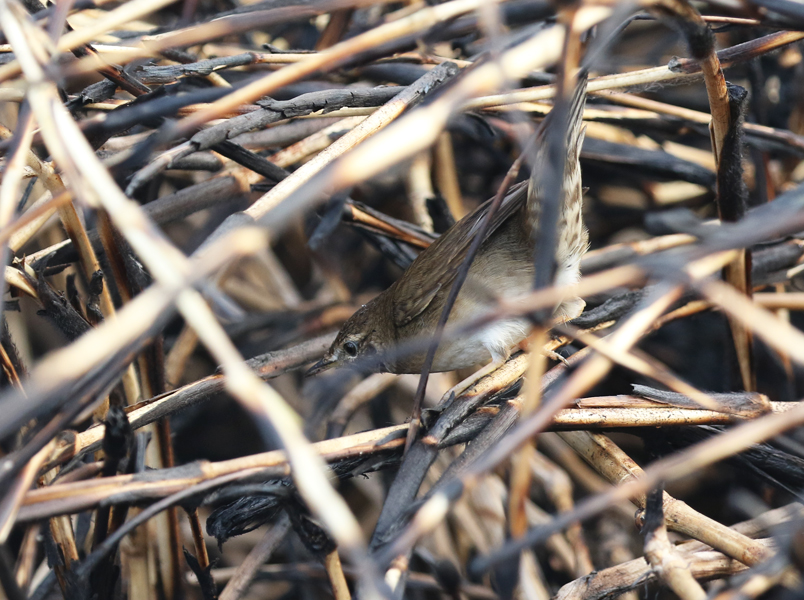
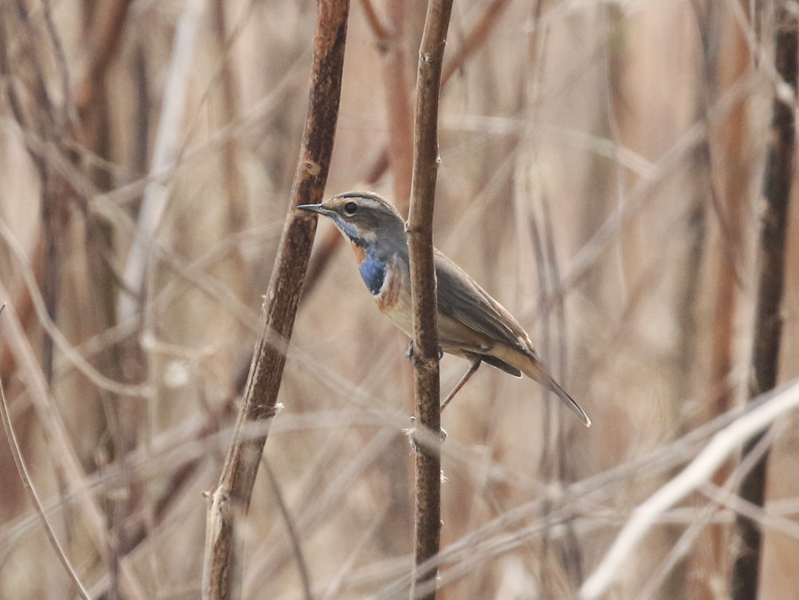
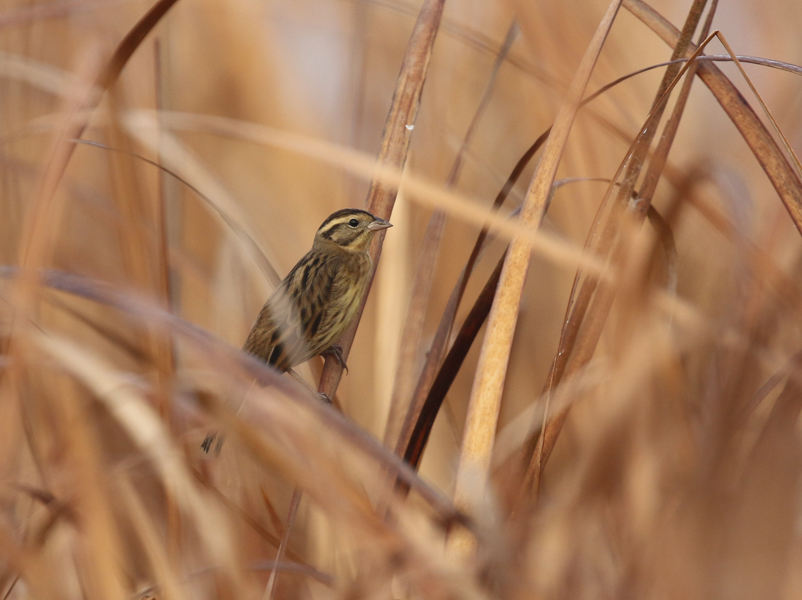

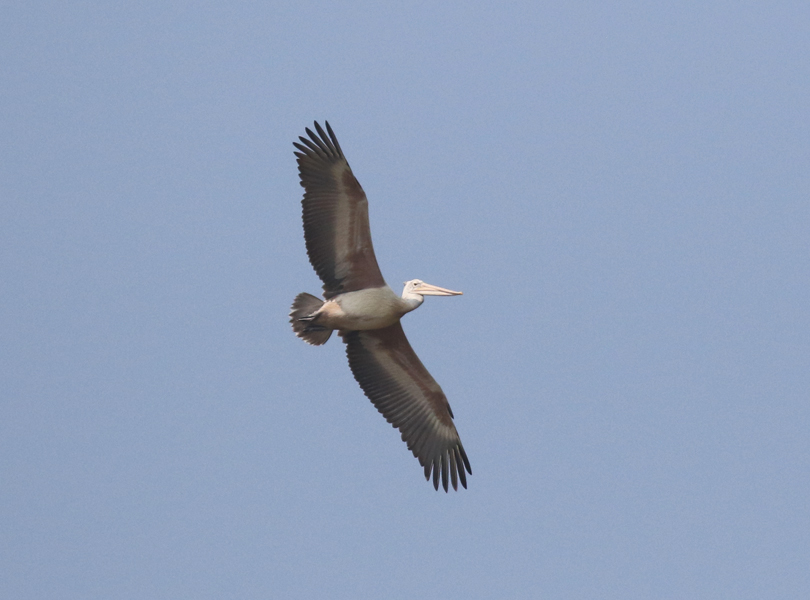
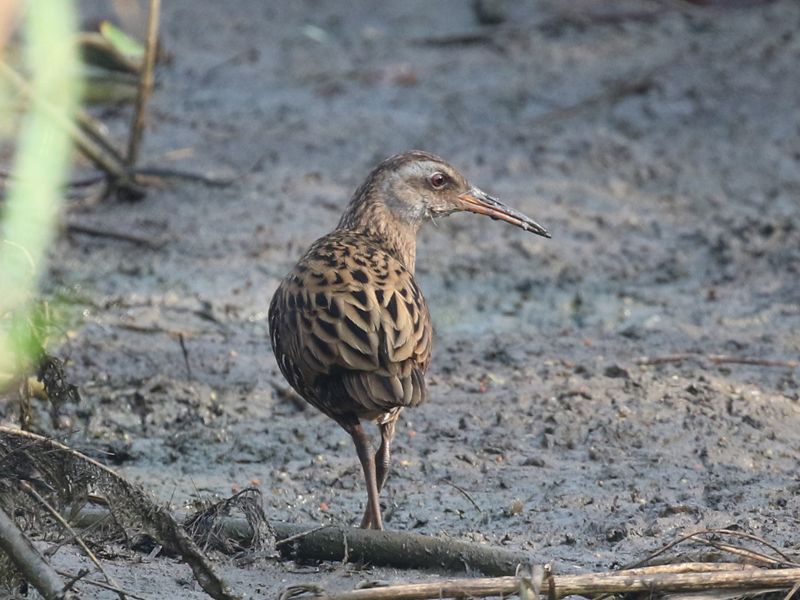
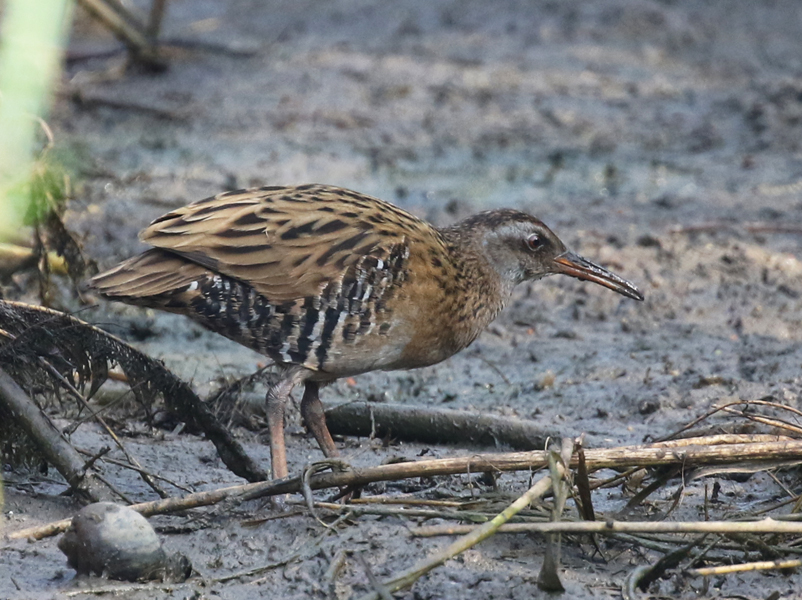
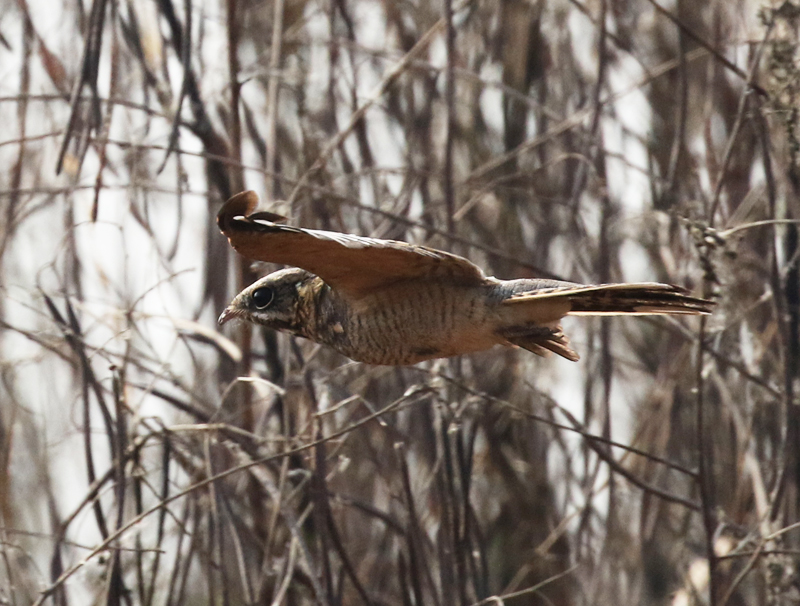

 Posted in
Posted in  Tags:
Tags: 










